Charlie Ess grew up camping in Minnesota and left the north woods for the far north woods, mountains, and oceans of Alaska in 1978. Charlie met his wife, Cheryl, in 1980 when she hired him to help with her commercial fishing operation out at False Pass on Unimak Island, which is the first in the 1,200-mile string of the Aleutian Islands. Charlie has been writing for magazines, newspapers, and other publications every month since 1993 and has been the North Pacific bureau chief for National Fisherman since 1998. In addition to his writing life, Charlie has facilitated experiential outdoor activities for the past fifteen years with students at the Alaska Job Corps Center and through the Anchorage-based Rural Alaska Community Action Program, where he coordinates an AmeriCorps program.
Photographer Cheryl Ess came to Alaska decades before Charlie, as a 4-year-old along with her mom, dad, and three siblings in 1959 as part of a group of adventurous Midwesterners who came north to prove up on homesteads and carve out a life in the nations last frontier. Cheryls career in photography stems back to the early 1970s when she began shooting Kodachrome through an Olympus OM-1. She frequently publishes photos in National Fisherman magazine, Alaska magazine, and numerous other publications. Samples of her work can be viewed at SnowshoeMedia.com.
Charlie and Cheryl live in Sutton, Alaska. For more information, visit SnowshoeMedia.com.
Chalky gray water and the lack of trees in a wide margin on either side of this creek means it can swell to four times its volume in just minutes after a severe rainstorm.
NOT HERE. That was Kathys assertion that the guys in the group hadnt considered the element of safety in their choice of the perfect campsite for the night. If it gets windy, trees could fall on us.
She was one of six students, three young women and three young men, participating in a weeklong hike through the mountains of south-central Alaska. I led the group as part of an outdoor program to promote wilderness skills and leadership. Three days into the trip, the gaggle of students that had been whining about the lack of sunshine and a few mosquitoes back at the trailhead had morphed into a group that had begun to embrace, if not love, the challenge of the elements. They shared in the chores and had already subscribed to the compassion of taping one anothers feet to prevent blisters.
But we need to be closer to water, countered David. He was the daredevil in the group and by far the most outspoken representative of the young men. The rules had been set: The women slept in one tent, the men in another. I set up my own tent in between.
Close distances between camping neighbors can provide positive experiencesor negativedepending on your camping style.
Plus, we need a more open space to watch for bears. Kathy wasnt letting up.
But our legs are tired, scowled David, and were not hiking all the way down here to pack water back up on that ridge.
It had been a long day. Weariness had set in. They looked at me, their eyes seeking arbitration or any other process that would settle the matter. As an outdoor instructor, I had been well trained in mediating group stalemates: I looked at them, spun on my heels, and walked away.
By then they already knew the drill, and their eyes rolled when I called out over my shoulder that they should send a delegate down the trail to get me when they had agreed upon a campsite. I could only smile with pride as I hiked out of earshot of the group. They were solving problems on their own. Better yet, the combined intelligence of the group would come up with the safest, driest, most convenient place to camp.
LOCATION
As it turns out, camping provides the perfect platform upon which to build leadership within families. A great beginning is to delegate certain tasks among family members, as this instills ownership in the experience. I have met some who leave all the major camping decisions in a given day to one family member and rotate those duties among siblings and parents throughout the week. As the family camping dynamic evolves, try expanding the leadership to taking turns planning the entire trip.
 CHARLIE GOES CAMPING
CHARLIE GOES CAMPING
Chores. When you were an adolescent, the term had always meant something you had to do before you got to do the things you wanted. I grew up with four younger siblings whose names fell beneath mine in a vertical column on a sheet of paper tacked to the door of the refrigerator. To the right of our names, Mom had assigned various taskswashing dishes, rinsing dishes, drying dishes, etc. There were floors to sweep, beds to make, laundry, and dusting. That was our life at home in the suburbs of a Midwestern town, but chores took on a new meaning, a new value, in the early years we went camping. I was the oldest, the biggest, and proud that I had the strength to stuff all seven of the giant rectangular sleeping bags tightly into their large canvas stuff stacks.
My dad had also assigned to me the task of folding the lightweight aluminum cots and stacking them neatly into the gaps between the seats in an aluminum boat, with the sleeping bags nestled tightly together on top. My siblings had the tasks of packing bath towels, toiletries, pillows, food, and other goods in preparation for our weekly trips. It was all part of an intricate process to prepare for camping trips of several days or more in Minnesotas Chippewa National Forest. I was in charge of several other tasks once we arrived at our campsite, and Id be the one to repack the bags and cots into the trailer for the return trip to town. At the age of 10, Id discovered purpose through those chores. Little did I know that camping would become the conduit to a work ethic that served me well in the half century that followed. These days, I am reminded of my first chore each time I stuff a sleeping bag.
What is it that we demand from a camp? To some families, selecting a place to crash for the night might sound similar to buying a home. Instead of proximity to schools, shopping, and jobs, however, these families scout for the perfect place to pitch the tent for access to fishing, swimming, trailheads for hiking, or local activities such as family reunions, rodeos, state fairs, air shows, or Fourth of July celebrations. Some campgrounds have climbing walls, playgrounds, or natural attractions of their own. But first, pay attention to the elements.
Wind
In the beginning of the search, safety should prevail. Kathy was on the right track with her assessment of the trees in the forested area in which we hiked. The combination of high winds and big tree limbs overhead not only spells imminent danger should one fall on your tent, but the loss of sleep that comes with a breeze and thoughts of the woody biomass hanging overhead just isnt worth it. The other extremepitching a tent in an open meadow or on an expansive plain during a windstormalleviates concerns of getting crushed by trees or falling debris but leaves the camper exposed. Extremely high winds, around 50 miles per hour, can break even the stoutest of tent poles, leaving the inhabitants to weather the night in a large waterlogged nylon cocoon. Ive been there; maybe you have too: lying on your back, holding the waterlogged tent and tarp overhead with your elbow while your camping partner bails water from the floor of the tent with a hiking boot. Over the years, these experiences rate at the bottom of the scale when it comes to my camping aesthetic, and today I take every precaution to avoid high winds and severe rainstorms at the first sight of dark clouds.




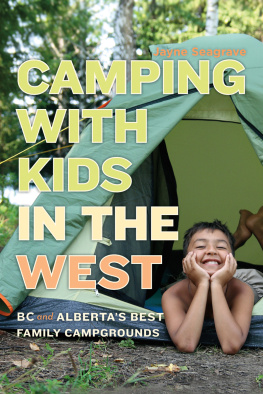
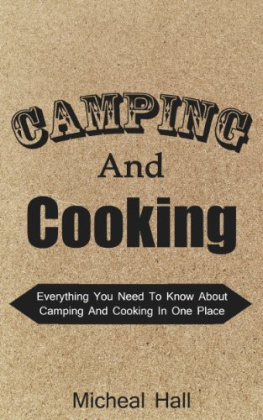
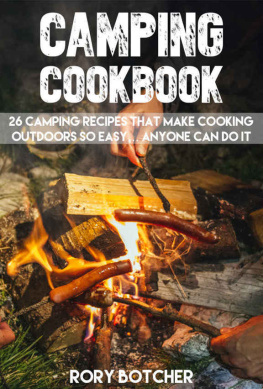
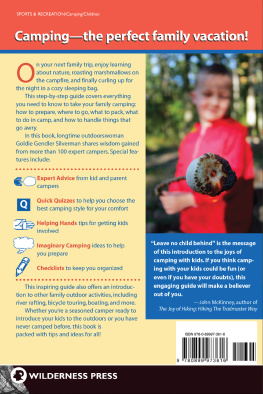
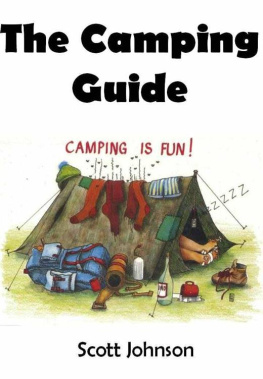


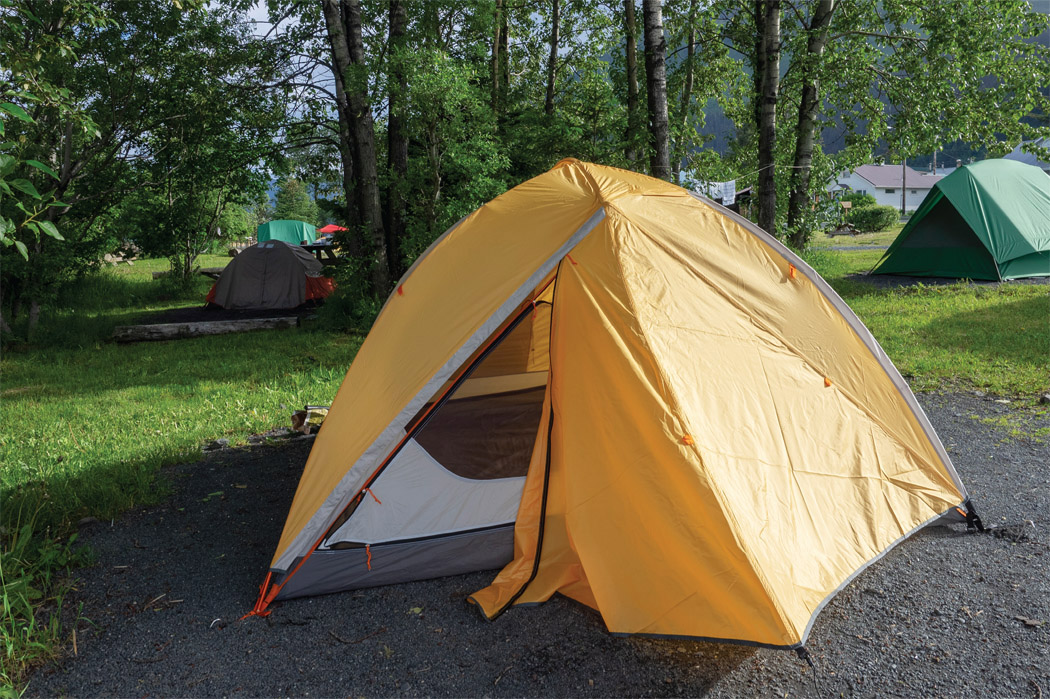
 CHARLIE GOES CAMPING
CHARLIE GOES CAMPING